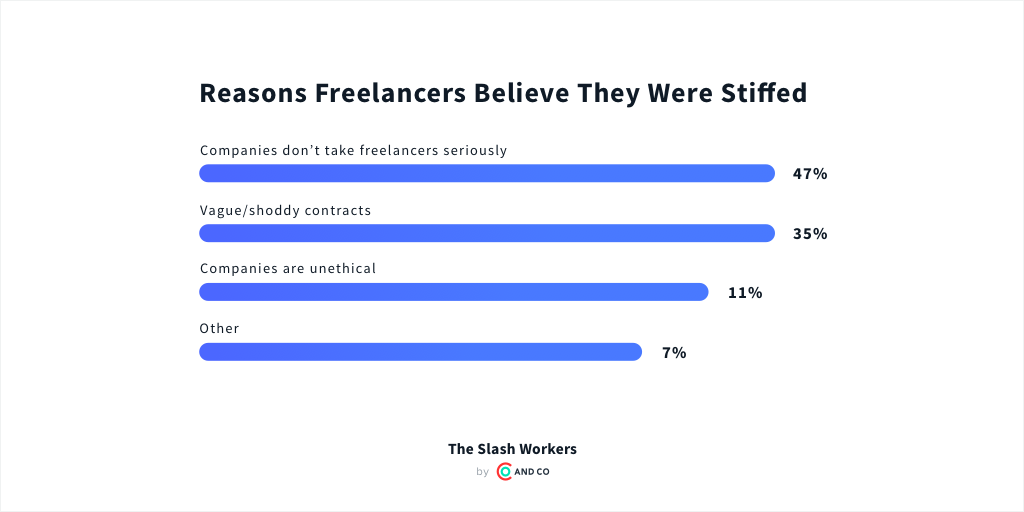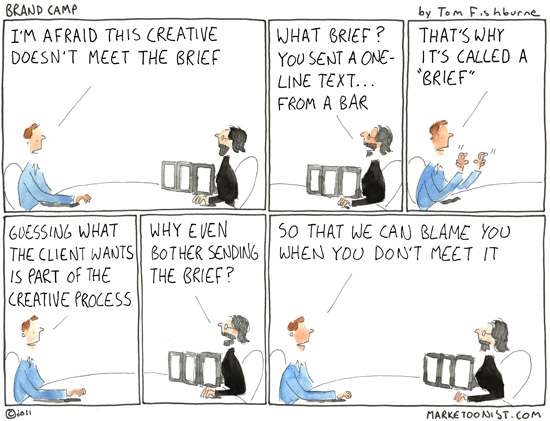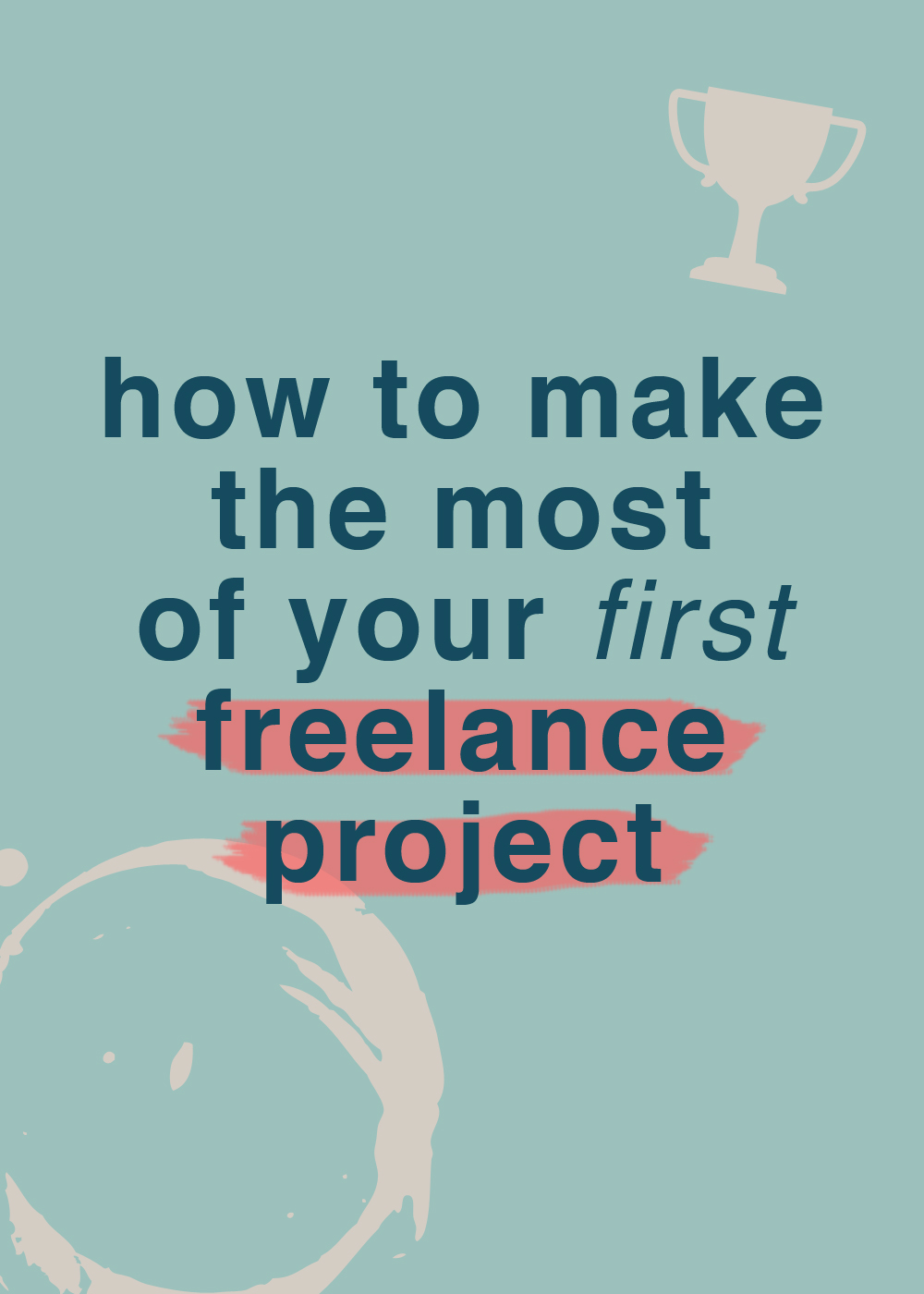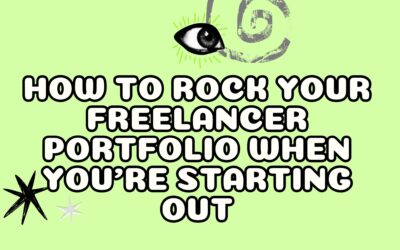You’ve just finished up your very first freelance project, polished it to perfection, and have hovered achingly over that “send” button for much longer than you should have.
You hit send, the client loves, and that’s it finished.
Oh.
I remember feeling a little miffed when my first freelance project came to an end.
The task was to write a couple of city descriptions for a travel brand, and I spent literally hours crafting each and every word. I wanted it to be the best thing ever written, and I was pleased as punch when I submitted it to the client and they said they loved it.
Success, I thought.
And then I sent the “so glad you liked it! Is there anything else I can do for you?” message and received a “no thanks, everything is great!” in response.
Double oh.
That was it: over.
No cavalcade, no champagne, no fireworks, and certainly no Pulitzer nomination.
I think I spent about a week spinning on my heels before I realised I needed to get another project lined up pronto otherwise I’d be heading back to my 9-5 quicker than you can say “literary hero”.
I didn’t feel as down after the next project finished, and I can now put my finger on why – I didn’t make the most of that first project.
But what does “making the most of it” mean?
Everyone harps on about landing clients in the first place, and obviously that’s an incredibly important part of being a freelancer, but my client load is predominantly made up of return clients – or clients that I “made the most of” when I first worked with them.
Doing a project for a client, waving them goodbye, and then moving on to the next is one way of doing business (in fact, it fits well in the throwaway society we live in), but I can’t stress enough how important it is to make and nurture relationships with clients.
My highest paying clients are ones I’ve worked with for years.
These are the clients I get consistent work from and whose regular projects mean I can pay the bills and live the lifestyle I want to.
And this is all possible because I “made the most” of working with them.
Let’s dig in.
First Things First… Kick It Off Right
I said earlier that most people are more concerned with getting clients than any other part of running a freelance business.
This is great; having that drive to hunt down new prospects and convert them means you’ll probably be a success, but it also means that I get a lot questions from students that freeze like a deer in headlights as soon as they land a client.
They don’t know what happens next:
Do they send a contract? When do they send a contract? What needs to go into the contract? Should they have a phone call with the client? How do they work out payment and timelines?
These are all things you need to consider as a freelancer and, let me tell you, they can be pretty damn overwhelming, especially if it’s your first client.

The process that happens after you land a client is called the onboarding process, and if you can get it right with your first client, you’re set for success.
While you probably won’t get it right the first time, you can learn a lot from how onboarding your first client goes.
First of all, think about the things you need to know:
- What’s the scope of the project?
- When does it need to be done by?
- What’s the pay?
- What payment method would I/the client prefer?
- When do I need to start?
- How am I going to manage my time?
- Will I break up the project into chunks and check in with the client every now and again or do it all in one go?
- Would I rather have a call with the client or have them answer a questionnaire about the project?
How you answer these questions will determine what your onboarding process will look like – and it’ll look different for every freelancer.
Then, when you’re going through the onboarding process with your first client, make a note of what works and what doesn’t: maybe the client didn’t really answer the questionnaire properly and you could have done with a in-depth call, after all; maybe the payment method you thought would work best for you actually didn’t.
All of this will help shape your onboarding process for future clients so eventually you’ll have a slick, well-oiled machine ready to go.
Don’t Be Afraid to Ask Questions
I’m in a lot of Facebook groups for freelancers and there are a ton of questions that ask what a client might be thinking.
Obviously no one else knows the answer to that apart from their client (unless they’re a mind reader, in which case they can definitely be making shedloads of money elsewhere).

You see, us freelancers seem to want to put on this confident show of knowing exactly what we’re doing at all times, even when we have no clue.
This can actually do more harm than good.
Assuming you know what the client wants or doing their thinking for them can lead to a botched project and an annoyed client.
Avoiding this is really, really simple – you just gotta ask.
Seriously.
Don’t be afraid of clarifying points you don’t understand or asking for examples of something you want to get a better idea of. Trust me, your client will thank you when you hand over a project that’s exactly what they were looking for.
Do Your Best Work
This is an absolute no-brainer.
Not every single piece of work is going to be the best thing you’ve ever created, but it should be something you’re proud of and that you did your best on.
There are days when I submit work to long-time clients that I cringe about, but you can damn well bet that the first freelance project I ever did was something I was incredibly proud of.
Ask For a Testimonial

If you didn’t already know, reviews and testimonials are incredibly powerful marketing tools.
In fact, they can determine whether a client decides to go with you or another freelancer – and you don’t want to miss that opportunity, do you?
One of the easiest and quickest ways to show your expertise to future clients is to share testimonials from other clients on your site or in your marketing pack.
While this might sound simple, it’s actually something a lot of freelancers struggle with because they don’t have any testimonials.
And this isn’t because they’re bad at what they do, it’s because they simply don’t ask.
I admit I was terrified of asking my first clients for testimonials because I was scared of their response and I didn’t want to burn any bridges, but they were all more than willing to write a couple of sentences about working with me.
When you sign off your first freelance project, remember to reach out and ask for a testimonial that you can use to secure your next client. You don’t have to write a plead-y email, just something simple like:
Hey Client,
I really enjoyed working on this project with you and hope you did too.
It’d be great if you could write a couple of sentences about your experience working with me so I can let future clients know what to expect.
Thanks!
Your Name

If You Can, Try and Upsell
For most freelancers, recurring work is the dream.
Having a regular amount of monthly work means you can predict your income and manage your finances much easier than working sporadically.
But, for some freelancers, this isn’t possible.
For example, you can’t re-design a client’s website every single month.
In these instances, it’s worth looking at other ways you can potentially provide value to the client to continue your working relationship together.
Just because your first project has finished, it doesn’t mean you need to say goodbye to the client and never see or hear of them again.
- If you’re a web designer, you might ask if they need any social media graphics designing
- If you’re a writer, you might ask if they want to create customer case studies to fuel their marketing
- If you’re a marketer, you might offer to create a content strategy off the back of an SEO audit
You get the gist.
Thinking of ways you can offer more value to the client will not only bring you more work, but it’ll strengthen your relationship with the client and encourage them to see you as an important asset.
Avoid That Post-First Project Slump
Hopefully these tips will help you avoid feeling that little slump I felt after my first freelance project and will encourage you to look at your first project as an investment for the future.
Use it as a learning tool and a chance to start building relationships with clients from the get-go. These are the things that will make you a successful freelancer – if only I’d known that at the start of my journey!






Finally, I can make the most of my first Freelance project. Thank you so much for this article. Loved It 🙂
Abdul Qadeer recently posted…Advantages and Disadvantages of Freelancing
I’ve been researching about freelancing for quite some time now because i’m interested to jump from my 9-6 office job to freelancing. But I can’t seem to take the leap. Anyways, maybe I could really decide when I take my first project. Thanks for sharing what to expect and what to respond.